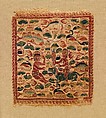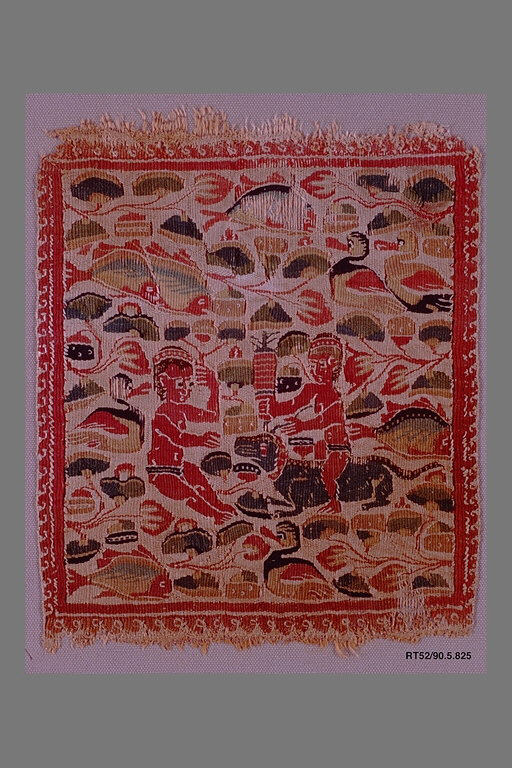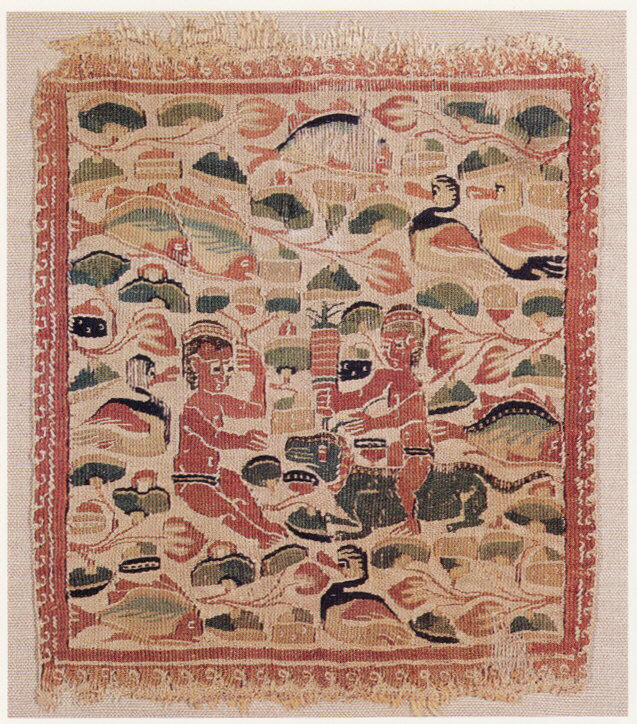Square with Putti in a Nilotic Landscape
Not on view
In antiquity the Nile River provided Egypt with its prosperity, facilitating communication, travel, and commerce. Seasonal floods deposited the fertile sediment that allowed agriculture to flourish, and the height of the floodwaters determined the richness of the harvest. The Nile’s importance is reflected in the river’s prominent place in Egyptian art. This fragment depicts two brown-skinned putti (childlike figures) swimming among a crocodile, abundant fish, birds, and lotus flowers. Their skin tone points to the Egyptian context of the scene. The river god Nilos and his entourage of putti symbolize the levels of the Nile inundation and, therefore, fertility and abundance.
This image cannot be enlarged, viewed at full screen, or downloaded.
This artwork is meant to be viewed from right to left. Scroll left to view more.








